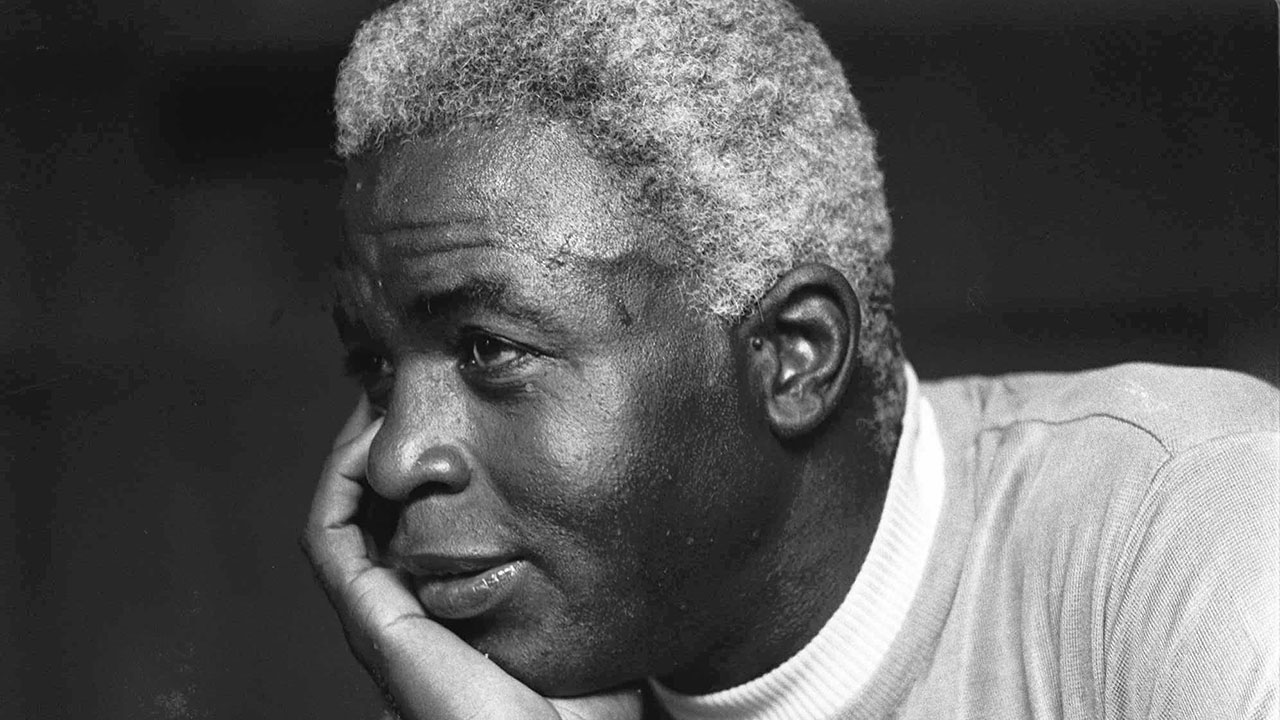
The day that Major League Baseball has set aside to celebrate Jackie Robinson and his legacy is normally a time to reflect on how far the sport has come since he broke its racist colour barrier in 1947. And how far it still has to go.
Perhaps to acknowledge the largely forgotten heroes of the Negro Leagues, where Robinson began his professional career, or to note that it wasn’t until three years after his retirement in 1956 that the last baseball team to integrate — the Boston Red Sox — employed its first Black player.
And beyond that, to chronicle and contemplate how MLB has increasingly lost touch with both African-American athletes and fans over the past four decades.
But on this Jackie Robinson Day a revolution is at hand, one a long time coming, and it’s worth considering how both the young Jackie and the older one might have seen it.
Robinson, who died in 1972, has been the subject of myriad books and documentaries and a couple of hagiographic feature films. The central touchpoints of his biography should be familiar to all.
He possessed remarkable multi-sport gifts, belonging right there with Jim Thorpe among the greatest athletes of the 20th Century. He grew up in an integrated neighbourhood in Pasadena, Calif., where he became a star college athlete at UCLA before choosing baseball as a career.
And off the field, there was his court-martial during World War II. While in the Army, Robinson stood up to a bus driver who had told him that he couldn’t sit next to a light-skinned woman and ordered him to the back. He was eventually acquitted by a military tribunal, perhaps in large part because he was already a well-known athlete, even before his ascension to the big leagues.
Robinson was chosen by Brooklyn Dodgers’ owner Branch Rickey to become the first Black player in the Major Leagues because of his remarkable talent, but also because of the belief that he would accept the inevitable taunts and threats that would come his way from both inside and outside the game. That stoicism in the face of the most bilious racism imaginable was widely lauded.
He was, at heart, conservative. The younger Robinson had faith in American institutions — arguably to a fault. In 1949, at the height of the Red Scare, Robinson testified before the House Un-American Activities Committee and denounced Paul Robeson, a great athlete, artist and intellectual who had expressed solidarity with the Soviet Union in a speech delivered in Paris. (Though Robeson’s political views were no secret, it’s debatable that he actually said what he was accused of saying.)
One Black star turning on another in the name of “patriotism” was big news. In his speech to the committee, Robinson also offered an indictment of institutionalized Jim Crow racism in the United States, but that part didn’t create any headlines.
Years later, Robinson acknowledged that he’d come to regret his testimony about Robeson.
“In those days,” he wrote in his autobiography, I Never Had It Made, “I had much more faith in the ultimate justice of the American white man than I have today.”
In 1960, after initially supporting Hubert Humphrey’s campaign for the Democratic nomination, he switched sides and backed Richard Nixon against John Kennedy in the presidential election. Eight years later, Nixon rode the racist Southern Strategy all the way to the White House.
Robinson was aligned with the non-violent Civil Rights movement, but he supported the Vietnam War — leading to a break with Martin Luther King Jr. He felt no kinship with the more radical voices of his time, including Malcolm X and the Black Panther Party.
He believed in the power of capitalism to achieve equality, that economic uplift would lead to social uplift — much in the same way that Jim Brown, a very different personality, did with his Negro Industrial and Economic Union. Robinson became a corporate executive with Chock Full o’ Nuts, was one of the founders of an independent, Black-owned bank, and started a construction company dedicated to building affordable housing
He had faith that solutions could be found within the system. He did not believe it had to be torn down.
But the Robinson who comes to mind today is the frail elder statesman, dying of diabetes, who was less sure, whose patience had run thin, whose idealism had been trumped by the continuing realities of injustice and inequality.
In his final public appearance at the 1972 World Series, just 12 days before his death, he used the occasion to try to shame baseball into finally hiring a Black manager, a job to which he had once aspired. (Frank Robinson was hired by the Cleveland baseball team in 1974, but progress after that was, to greatly understate it, fitful.)
That older Robinson, though perhaps not radicalized, had ceased to believe that sitting back and quietly taking it as he had in 1947 was going to solve anything.
Hearing the voices today saying that enough is enough, that it’s time to stop playing games, literally and figuratively — he might not approve, but he would undoubtedly understand.




